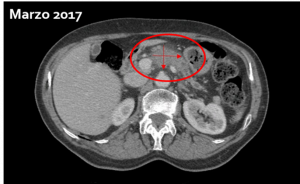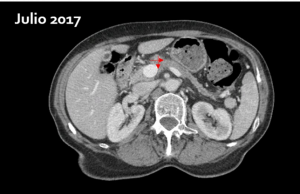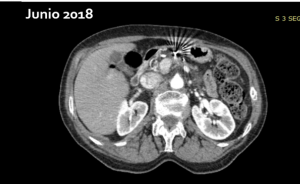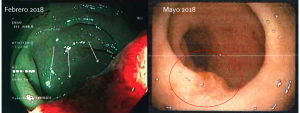Recurrent malignant glioma treated with Oncothermia
Through an observational retrospective clinical study, the Onco-Ematology Department of “Ospedali Riuniti Marche Nord” in Italy evaluates the efficacy and tolerability of Oncothermia (Electro-hyperthermia) for the treatment of recurrent malignant glioma.
Method
This is a retrospective observational clinical study. Patients, diagnosed with malignant glioma, experienced a previous failure with chemotherapy and radiotherapy based on temozolamide. Then, they were told a treatment with Oncothermia (Electro-Hyperthermia).
Oncothermia was performed with short radio waves of 13.56 MHz. The surface temperature of the skin was maintained at 26 ° C. Likewise, the applied power ranged between 40 and 150 watts and the average equivalent temperature calculated in the tumors was above 40 ° C, for more than 90% of the duration of the treatment (20-60 minutes gradually).
Result
Of the 24 patients who were part of the study, 19 (79%) had glioblastoma multiforme (GBM), of which 13 were grade 1-3 and 6 grade 4. The remaining patients (21%) had astrocytoma.
The analysis of tumor response performed two months after the application of Oncotermia (Electro-Hyperthermia), showed the following results:
[list type=”check”]
- 2 patients (8%) experienced a complete remission
- 5 patients (21%) had a partial remission.
- The average duration of the response was 16 months (range 6-120).
[/list]
The median survival of the entire study population was 19.5 months (range 2-156), with 55% survival rate per year and 15% at two years.
In conclusion, the treatment of Oncothermia (Electro-Hyperthermia) seems to have promising efficacy in adults with recurrent malignant glioma.
You can consult the study in the following link.
If you wish, you can find more information about Gliomas treated with Oncotermia on our website.

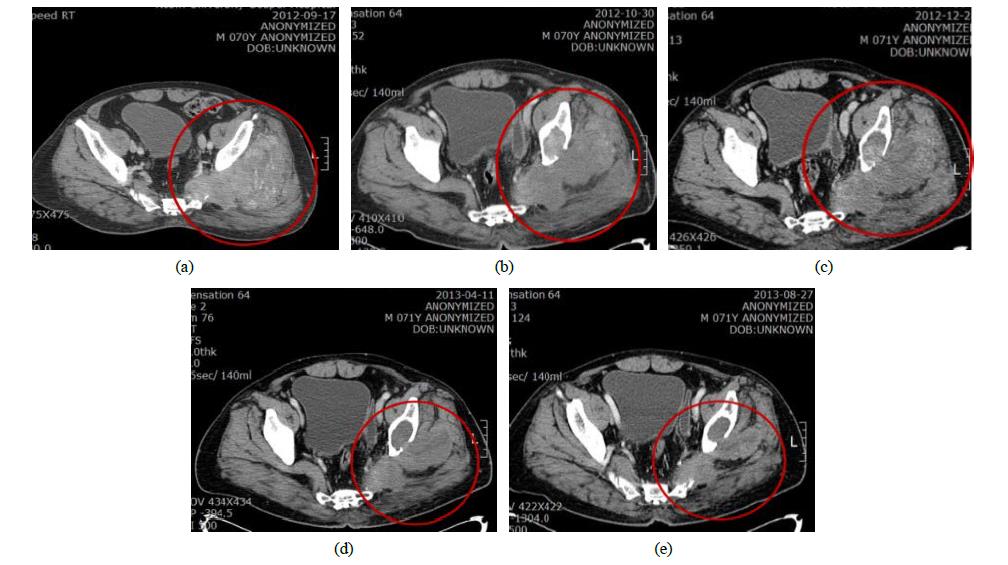

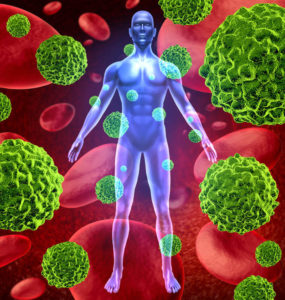
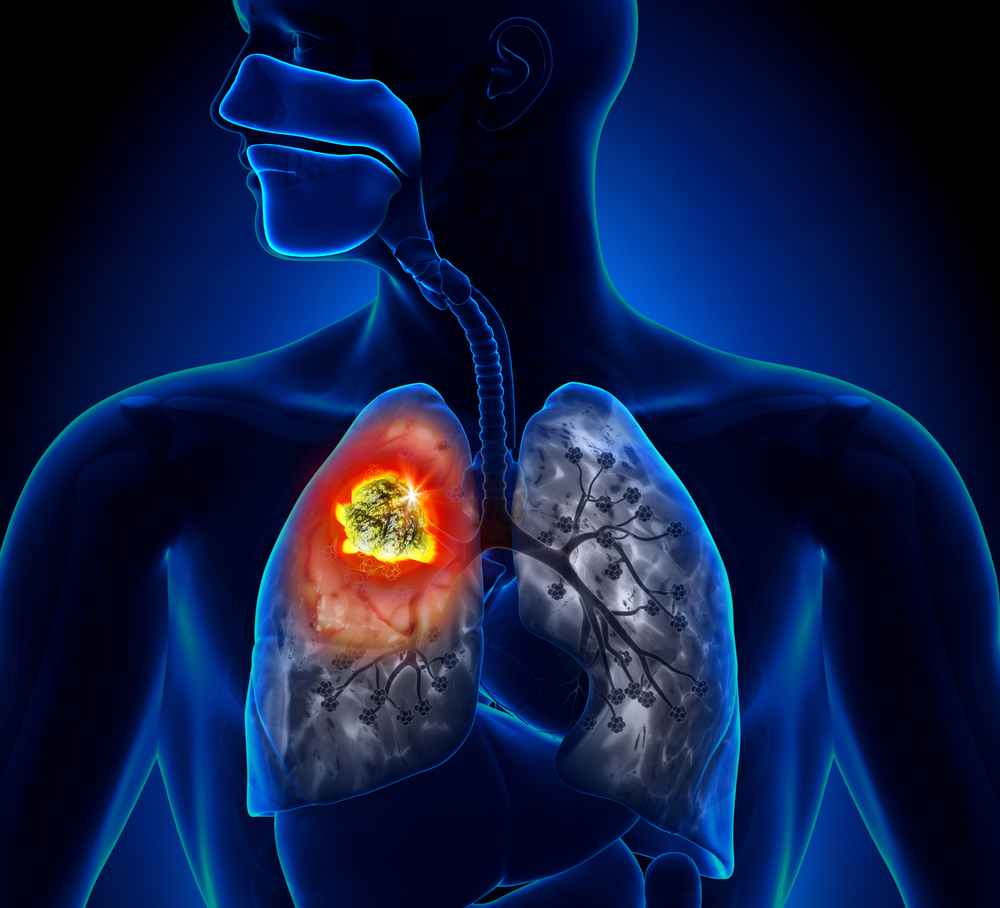 Oncothermia in combination with Radiotherapy exerts a radiosensitizing effect in lung cancer.
Oncothermia in combination with Radiotherapy exerts a radiosensitizing effect in lung cancer.
